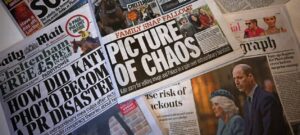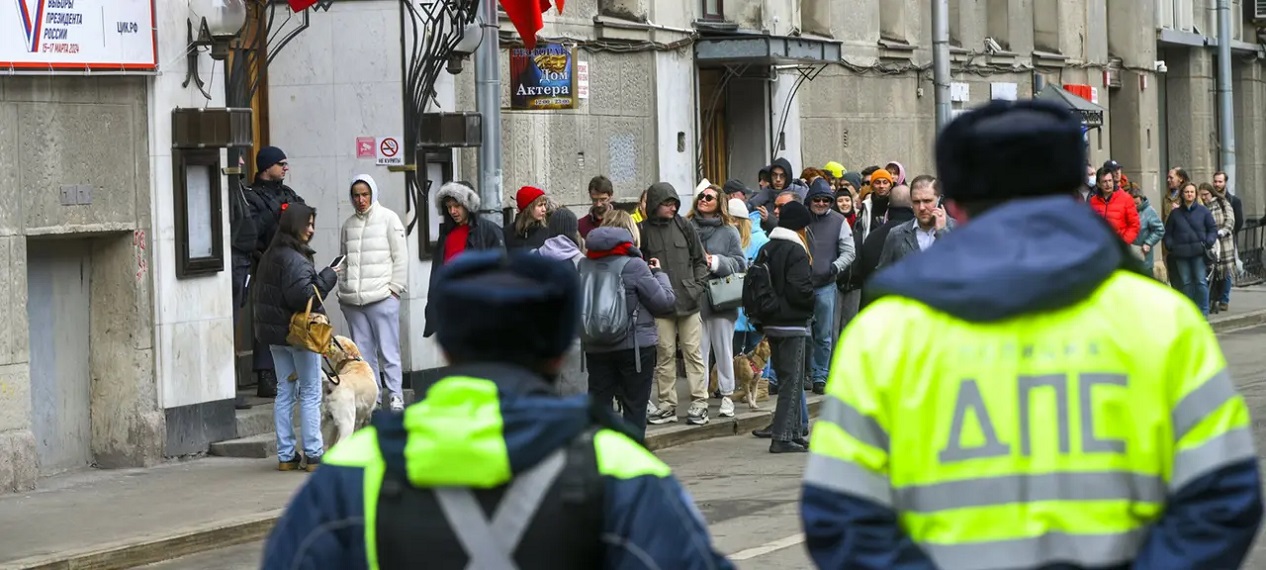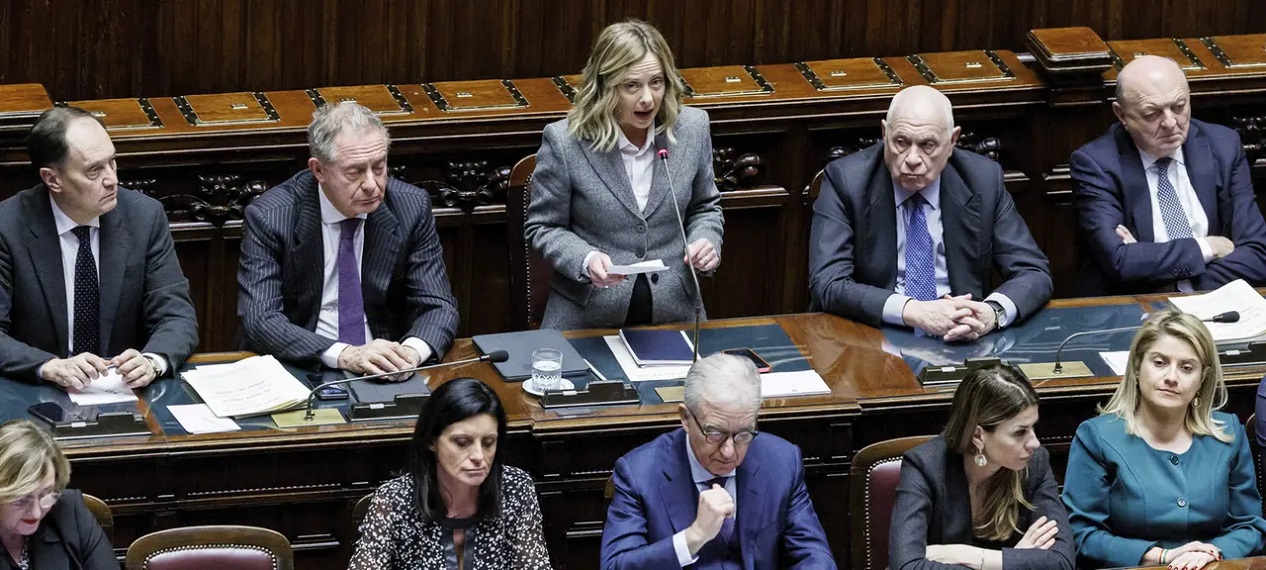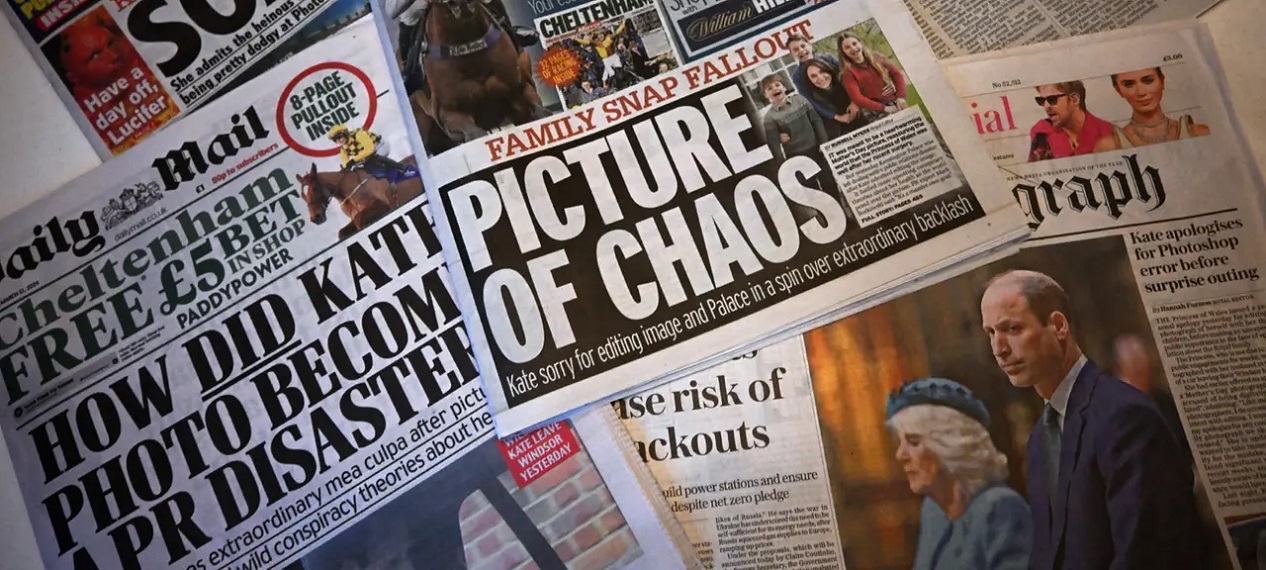 Princess Kate has published a retrospectively altered photo of herself and the children – triggering a PR fiasco.
Princess Kate has published a retrospectively altered photo of herself and the children – triggering a PR fiasco.
Kate’s Royal Communication Disaster
Princess Kate has published a retrospectively altered photo of herself and the children – triggering a PR fiasco. What lessons must the royal household learn from the turmoil? Princess Kate has disappeared from the front pages of the British press again, but by the end of this week, the Kensington Palace must still admit that its communication strategy was a disaster.
David Yelland, former editor of the tabloid “The Sun,” is astounded by the events at the Palace. In his podcast “When it hits the fan,” he said: “I wonder how this happened. How is it possible that the Princess of Wales releases an edited photo to the world’s news agencies and no one on her team tells her: ‘You can’t do that.'”
Photo Editing is Not New
The withdrawal by several major news agencies like AP, AFP, and Reuters of an official photo released by Kensington Palace due to suspicion of manipulation is unprecedented. However, photo editing is not new, as explained by royal editor of the “Sunday Times,” Roya Nikkhah on the BBC: “Retouching and editing photos of the royals is nothing new. The issue in this case could be that photo agencies have recently tightened their rules out of concern that photos could be AI-generated. However, there is no indication that AI was used here.”
Royals Rely on Trust
Nevertheless, the news agencies have issued a Kill notice on the photo: it has been retracted, and media professionals are advised not to use it. Former editor Yelland believes that Kensington Palace does not grasp the extent of the damage it has caused:
The royal family can only survive if we believe in them. And the world is losing trust. This photo is not genuine! Without trust, the royal family is nothing. Yelland, familiar with the power of the tabloid press, is certain that the scandal is not spiraling out of control because the press is on the side of the royal family in this case. In fact, the major tabloid “Daily Mail” has asked for a break for the princess on behalf of its readers. “Give Kate a break” – it headlined.
Social Media Demands Different Communication
The Kensington Palace will still have to critically review its communication strategy, even though, as emphasized by Simon Lewis, former press secretary to Queen Elizabeth II, aside from the manipulated photo, no mistakes were made in its execution.
“One could argue that the Kensington Palace delivered exactly what it had announced,” Lewis emphasizes. In January, the Palace made it clear “how the timeline for the Princess’s recovery looks and that they would only provide relevant updates to the public.” “It sounds somewhat bureaucratic, but that’s what they said: that people would not see Kate until at least Easter,” Lewis said.
This strategy seems to be ineffective in the age of social media. The Palace can still somewhat control newspaper coverage as it is known to have agreements with the press. This is not the case with users of social media. The Palace has now felt the consequences of creating an information vacuum – as happened in Kate’s case in recent weeks. In such instances, users fill the gaps with their theories and fantasies.












